Adamo Miguel Morrumbe is a Mozambican architect and the first recipient of research funding from the Maputo Fast Forward Academy. Based in Tete where he will focus his research on Benga, he designs a city of the future, inspired and moved by the experiences of this region in the centre of Mozambique.
With more than a decade of experience in design and construction management, he has technical training in visual arts and psychopedagogy.
His collaboration with 2022 Pritzker Architecture Prize winner Francis Kéré on the Benga Riverside Residential Community project, which consists of housing units, a primary school and a crèche, already carries this vision of helping to provide the best sustainable, affordable and long-term housing solution for future residents. And it is in realising the global ecological crisis that his desire to be an actor of change is triggered.
“We are living in an ecological era in which man has the greatest influence on the earth,” says Adamo Morrumbe, like someone who has found the foundation to dictate a new direction for the current situation.
A city of the future is the point of reference for reflecting on the past and present of housing in times of ecological crisis. By way of example, the architect analyses that the crisis the world is witnessing has not been greatly contributed to by the African continent, which, on the contrary, has been influenced – forced – to adopt Western models of urbanisation, whether through colonisation or the installation of extractive industries. Tete is a case in point: the coal mining industry has already left its mark.
On the other hand, when you look at the orthogonal and horizontal shape of large cities like Maputo, you can see the idea of this “import” of habits and life models. Already struggling with climate change, which brings with it natural phenomena that are increasingly damaging to infrastructures, the idea of “resilient” buildings is in vogue, in other words, yet another position of strength that man assumes in the face of nature.
Through his research, Adamo Morrumbe proposes to show that there may be another way out, a solution to the “crisis of factual time linked to ecological problems“.
“Places with more traditional ways of building have a different relationship with the environment. The aesthetic dimension has a more interactive relationship with nature. Just the materials used, such as straw, wood, earth and so on, the organisational processes,” he explains.
What are the answers to a problem facing the world? We asked the researcher who is adamant that the big global issues are not always answered globally.
“How are we going to solve a problem that came from the global and that the global created or caused?” he asks rhetorically, as the beginning of the answers that he himself seeks to prove.
“Let’s not turn to the global. Because perhaps the solution should be sought in the ‘local’. It may be that local solutions exist that can be globalised. In other words, by discovering that in this ‘local’ there is a solution that can be used in another ‘local’,” says Adamo Morrumbe.
The dialogue between the modern and the traditional, which from the point of view of urbanisation is almost non-existent, is in itself a contribution to the ecological crisis.
“In Tete, in the Zambezi River area, when the driest season arrives, the river slows down and people start to occupy the areas that will be full of water in the future. By occupying that place they make temporary buildings and fields. They live there during the production period. When the water comes back, it occupies its natural place, and people leave after the harvest,” said the architect, concluding that “there is a relationship with nature that is different, it’s not an imposition by man on nature, but above all an interactive relationship with the environment“.
In his reasoning, which was well received by the MFF Academy jury, Adamo Morrumbe explains that the paradoxical context between tradition and modernity makes the village of Benga a kind of “village of the future” and he explains: the mud houses have electricity and street lamps light up the streets, where animals (goats, oxen, donkeys, etc.) share the space with people and where music, dance, cinema, the arts, sport and religion evolve in a dynamic of their own. Almost all global trends have a local flavour here. This almost surreal context could be the creative (inspirational) source of a possible solution for a city of the future. Where animals, farms, technology, the arts, etc. coexist in harmony.
He adds in this interview that “a city of the future should have a different relationship with nature. A more porous relationship. In the sense that we accept movement, we integrate ourselves into the movement of nature rather than imposing it, which turns into phenomena that we can’t control. For this, we need a new aesthetic, and an aesthetic refers to the idea of new values.“
The village of the future is already being “projected” to reach the general public during the MFF Biennale, scheduled for October and November 2024. At the moment the researcher is in the village, immersing himself and taking notes on the spaces and objects through their local values.
The next step will be the morphology of Benga, the recording of old “traditional” local techniques that can dialogue with the latest technology and materials.
The result can be presented not only from a theoretical point of view, but in a visual exhibition that will allow anyone to access as close to the real thing as possible this village of the future.



